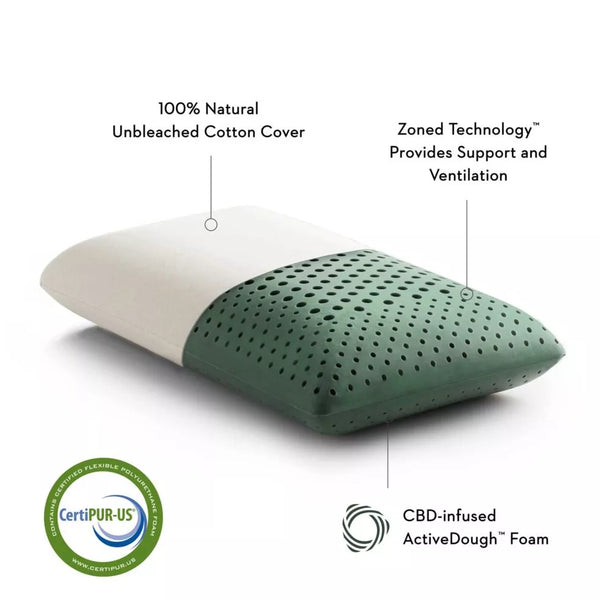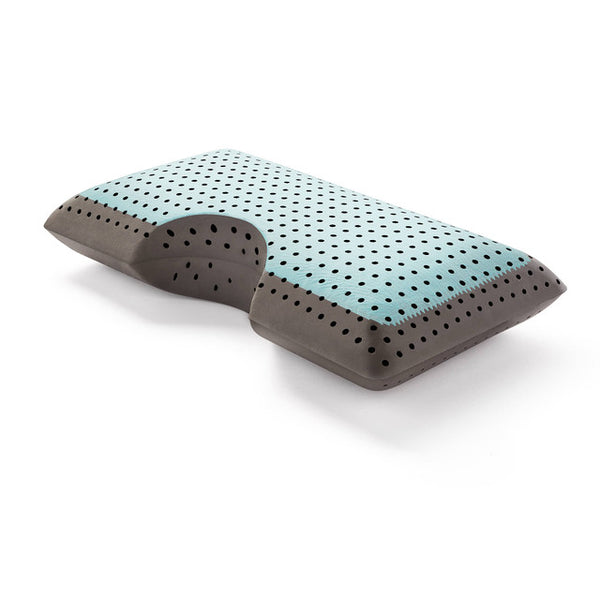
Overview
This blog provides a comprehensive guide on mattress warranties and return policies, covering types of warranties, what is and isn't covered, tips for maximizing your warranty, and steps to take if a warranty claim is denied. It also includes advice on making informed mattress purchases, such as researching brands, testing mattresses, and asking questions about warranties. Understanding these aspects can help ensure a satisfactory mattress buying experience and restful sleep.
Frequently Asked Questions
1. What is a mattress warranty?
2. What are the different types of mattress warranties?
3. What is typically covered under a mattress warranty?
4. What should I do if my warranty claim is denied?
5. How can I make the most of my mattress warranty?
The journey to achieving the perfect sleep often starts with selecting the right mattress. However, with varying warranties and return policies, the process can seem overwhelming. This comprehensive guide will help you understand mattress warranties and returns, ensuring you make an informed purchase and can enjoy restful nights without worries.
Understanding Mattress Warranties
Before diving into the complexities of returning a mattress, it's essential to understand what a warranty is and how it operates. A mattress warranty is a protection plan provided by the manufacturer to cover potential defects in materials and workmanship. Here’s what you need to know about warranties:
Types of Warranties
Mattress warranties can vary significantly from one manufacturer to another. Here are the most common types:
- Limited Warranty: Most mattress warranties are limited, which means they only cover specific defects and issues, not normal wear and tear.
- Lifetime Warranty: While named a lifetime warranty, it often has conditions or limitations that come into play after a certain period.
- Prorated Warranty: Some warranties may be prorated, meaning that the amount of coverage decreases over time.
What Is Covered
The coverage specifics vary by brand, but typically a warranty covers:
- Sagging or indentations that exceed a certain depth.
- Cracks in the foam or coils.
- Issues due to manufacturing defects, such as stitching problems.
What Is Not Covered
It's just as crucial to understand what is excluded from coverage to avoid being caught off guard:
- Normal wear and tear, such as comfort level decline.
- Improper use or mishandling, like damage from moisture or stains.
- Personal preferences that may change over time.
How to Make the Most of Your Warranty
To ensure you can successfully navigate your mattress warranty, consider the following tips:
Keep Documentation
Always retain the original receipt and any warranty documents. These are essential for filing a claim. Without proof of purchase, your warranty may become void.
Understand the Terms
Each warranty comes with specific terms and conditions. Read the fine print to understand the coverage limits, necessary maintenance, and procedures for filing a claim.
Follow Proper Care Guidelines
Maintaining your mattress according to the manufacturer’s guidelines can help you avoid issues that could void your warranty. This may include:
- Using a suitable foundation or base.
- Rotating the mattress regularly.
- Avoiding bending or folding your mattress.
Returning Your Mattress: The Process
If the mattress you’ve chosen doesn’t meet your comfort needs, returning it can be your next best option. Here’s what to expect during the return process:
Know the Return Policy
Each retailer has its return policy, which can range from a no-questions-asked approach to strict guidelines. Here are some common aspects to look for:
- Trial Period: Many mattress companies offer a trial period, allowing you to test the mattress for a certain duration, usually between 30 and 100 nights.
- Return Window: Pay close attention to the timeframe during which you can return the mattress.
- Condition Requirements: Some policies may require the mattress to be returned in like-new condition.
Initiating a Return
If you decide to return your mattress, follow these steps:
- Contact Customer Service: Most retailers provide a phone number or email through which you can reach their customer service team for instructions on returning your mattress.
- Review Any Fees: Some retailers might charge a restocking fee or shipping fees for returns, so be informed about potential costs.
- Prepare for Pickup: Depending on the return policy, a pickup might be arranged, or you may need to drop off the mattress yourself.
Consider Your Time Frame
It’s essential to act promptly if you decide to return your mattress. Many companies have a limited window for returns, and you don’t want to miss out on that opportunity.
What to Do If Your Claim is Denied
It can be disheartening if your warranty claim is denied. Here are steps to take if you find yourself in this situation:
Understand the Reason for Denial
Carefully read the denial letter from the company. Understanding the specific reasons can help you address the issue directly.
Provide Additional Information
If you believe your claim should not have been denied, gather any additional documentation, like photos or expert opinions, and contact customer service to discuss the matter.
Consider Escalating
If you’re not getting the results you want, ask to speak to a manager or use a different communication method, such as a formal complaint through email.
Tips for a Smart Mattress Purchase
Now that you understand warranties and returns, consider these tips for a smart mattress purchase:
Research Before Buying
Spend time researching different brands and their respective warranties and return policies. Read customer reviews to understand real-life experiences concerning claims and returns.
Test the Mattress
If possible, visit a showroom to lay on the mattress personally. Pay attention to comfort, support, and feel before making a decision.
Ask Questions
Don't hesitate to ask sales associates about warranties and returns. Their knowledge can help clarify the terms and provide confidence in your purchase.
The Amazing Sleep You Deserve Awaits
Deciding on a mattress and navigating its warranty and return policies doesn't have to be a daunting task. By understanding the intricacies involved and knowing your rights as a consumer, you will set yourself up for a successful purchase. Remember, your mattress plays a critical role in getting the restorative sleep you need. So, embark on this journey equipped with knowledge and make that dreamy sleep a reality!









